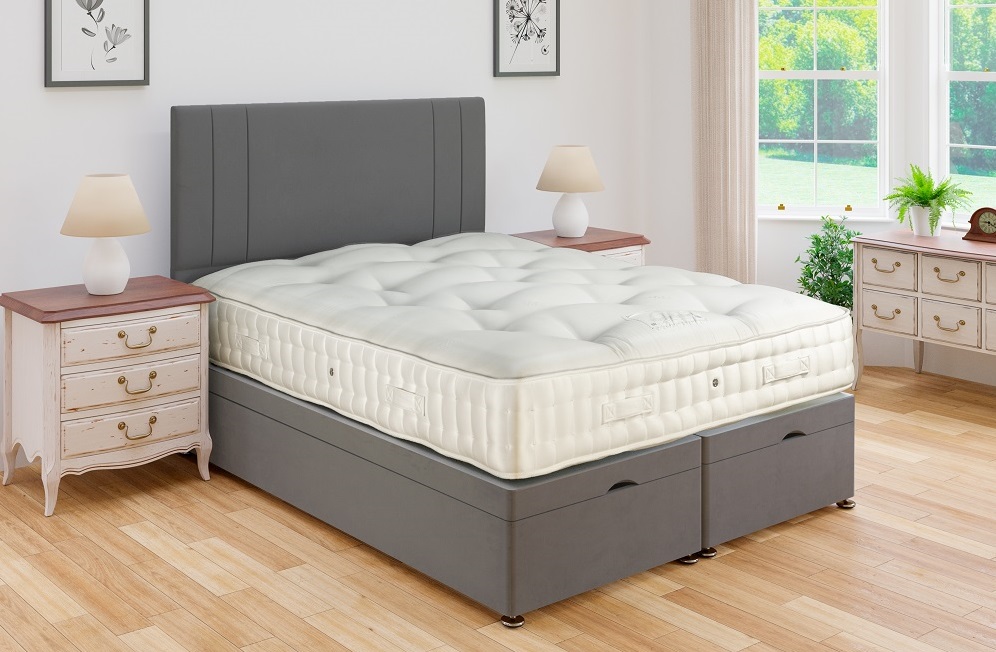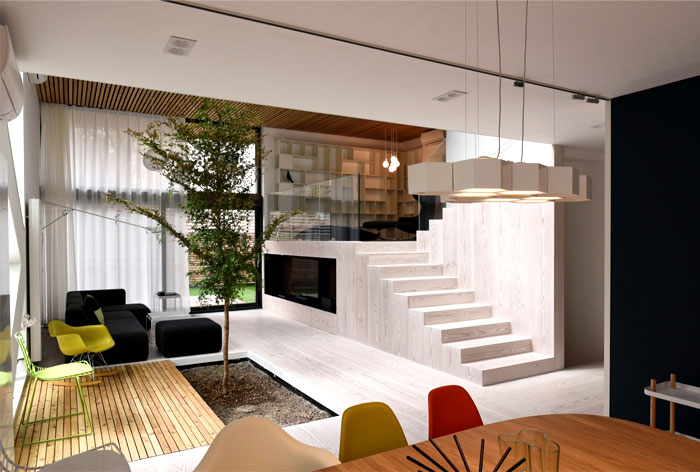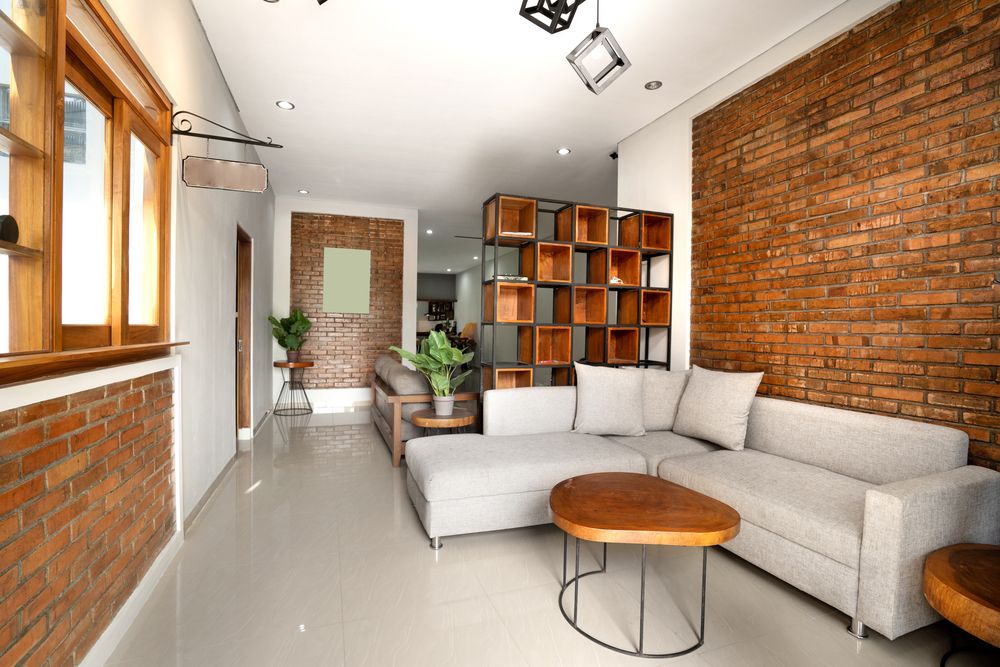Furniture is a fundamental component of the human race since the beginning of time providing both practical as well as aesthetic needs throughout our life. From the very first furniture made of stone and wood and modern, contemporary styles we have in the present, furniture has evolved alongside the human race, expressing the evolution of technology, art as well as lifestyle. The development of furniture isn’t just about the materials or design, but the way in which our requirements and tastes have evolved over time. In this post we’ll explore the past, styles of furniture, the materials used, as well as future designs of furniture and highlight its long-lasting value in our homes and our communities.
In the past, furniture was designed primarily for use in practical ways. The earliest civilizations furniture was often made with locally available materials like stone, wood and even metal. Early Egyptians as an example made use of simple wooden stool and chests. However, the Greeks and Romans created more intricate styles, such as furniture with reclining sofas and table tops. With the development of societies as did the demand for furniture was increasing, resulting in improvements in the craftsmanship as well as the creation of more elaborate design. Through in the Middle Ages, furniture began to represent the status and wealth of its owner, featuring exquisitely designed pieces embellished with high-end materials. This was the first time that furniture became a part of furniture not just to be a necessity, but as a symbol of the individuality and elegance.
The Renaissance period was a major moment in furniture design. The artisans were able to marry functionality with artistic flair. The Renaissance period saw the rise of intricate designs with intricate carvings, gold-plated surfaces and luxurious furniture. Perspective on painting also affected furniture style, resulting in aesthetic and proportional shapes. At that time, furniture became a art canvas using styles such as Baroque and Rococo with elaborate detailing as well as extravagant styles. These styles set the tone for the future furniture styles that tended to place a high value on aesthetics and functionality creating the basis for contemporary interior design.

When the Industrial Revolution took hold in the 18th and 19th century, mattress malaysia production underwent a massive transformation. With the introduction of machines, furniture was made to mass produce, which made furniture easier to access for everyone. The democratization of furniture style led to the creation of different designs, like Victorian or Arts and Crafts, each having its own distinct features. It was the Victorian design, as an instance was characterized by heavy, dark details and woods, and the Arts and Crafts movement emphasized simple and artisanship. It was a response to the modernization of industry. It also witnessed the rise of famous furniture makers, including Charles Rennie Mackintosh and Frank Lloyd Wright and Frank Lloyd Wright, who both helped to develop aesthetics and design.
The 20th century saw furniture design underwent a dramatic transformation with the advent of modernism. Modernism was an era of minimalistism as well as an idea that form must be in line with the function. Designers such as Ludwig Mies van der Rohe and Le Corbusier favored clean designs and clean lines, moving away from the elaborate styles of the previous. Utilizing new material, like steel, plastic and molded plywood, made it possible to create innovative designs that emphasized the comfort of their users and also added utility. Modern mid-century furniture is distinguished by elegant lines and organic forms were sought-after and reflected a shift in culture towards a relaxed living style and an emphasis on the personal experience of the person in their home.
Nowadays, the furniture sector continues to grow and is influenced by modern developments and environmental concerns. Sustainability has been a key aspect of furniture style, and there are a lot of producers focusing on sustainable products and manufacturing methods. People are becoming more aware about their effect on the earth, leading to an increased demand for furniture that’s not just fashionable but also sustainably procured. Furthermore, the advancement of technology has altered the way we use furniture and furniture, with intelligent furniture and designs that are multi-functional increasing in popularity. As an example, furniture that incorporates charging stations, modular design, or features that are adjustable cater to our modern needs by focusing on flexibility and comfort.
As a conclusion, furniture has undergone a amazing transformation through time that reflects changes in society as well as technological advances as well as changing preferences. From its pragmatic origins to its current status as an expression of culture and individuality furniture is still playing an integral function in the lives of people. When we think of the future, the furniture industry will soon embrace sustainable development and new technologies, which will ensure that furniture is relevant to the ever-changing environment. It doesn’t matter if it’s a basic chair or a grand dining table furniture remains an essential part of our homes that contributes to our ease of use, practicality and enjoyment. While we explore the relationship between aesthetics, design, and environmental sustainability, the future for furniture will be the same exciting and inspiring as the past.



